GUEST POST by Nic Smith
The more complicated the plan the more opportunity there is for things to go wrong. The idea of there being brilliance in the basics can be applied to almost all facets of our daily lives but for the purposes of this article we will relate it to firearms training.
If you show up to one of my handgun classes regardless of the skill level there are a couple things you can count on. First, my dog is going to want to sniff every single one of you before she gives us the green light to begin and second is that we are going to start the day at three yards shooting 1inch circles. It is not uncommon for me to walk up and down the firing line for the first 15 minutes of class telling the students that they need to earn their way off the 1inch circle. If you cannot accurately and consistently shoot multiple rounds through a 1inch circle at bad breath distance then I then I think fundamentally you have some shooting flaws that are in all of our best interests to work on correcting.
Training to improve on the basic shooting fundamentals of Aiming, Breathing and Trigger Control is far from the sexiest thing you could be doing on the range and it definitely is not going set the Instagram world on fire. What it will do though is make you a better shooter, which is the point of training to begin with isn’t it? Marathon runners don’t train for races by running marathons every day. They work on the individual pieces that make up the race so when the time comes they can call on their body to be in continuous motion for 26.1 miles. I don’t believe being a skilled shooter is any different; you have to master the basics.
The idea that becoming a proficient defensive shooter could involve things like bulls eye targets, 1inch circles or God forbid index cards is one that is sure to draw some debate. I have heard everything from “train how you fight” to “I don’t plan on getting attacked by little circles.” None of these statements are validation as to why marksmanship drills don’t belong in a defensive weapons training curriculum. We all have our own hypothetical gunfight to train for and we hope we are prepared for if and when that moment arises. With all that being said I don’t discredit the need to train on the more, dare I say dynamic parts of shooting. Whether it be urban prone behind a vehicle, working one handed manipulation drills or getting your temple index on, those all very important tools to have as a defensive shooter. However, those skills do not amount to much if that is the foundation of your shooting ability. We have to learn to crawl if we ever hope to walk. The difference between a good all around shooter and the one that wishes he was can usually be directly linked to the amount of time they spent getting the little things right.
Shooting, more importantly shooting well is a skill that is incredibly perishable. I try and make sure I am on the range with a gun in my hand at least four to five days a week, but as we all know life has a way of creeping in and wrecking havoc on even the most regimented of schedules. I am always amazed at how fast the rust collects on my mechanics when I miss a few days. I’ve found that a great way to get my head, hands and eyes back in the game after some time away is that regardless of what I am on the range to practice I always start with an accuracy warm up. Whether it be a variation of the bullet hole drill, trying to pass multiple rounds through the same impact point or going back to 25yards and slow firing on a pistol bull it always gets the wheels turning and I get more out of my training later on. I had a Platoon Sergeant that loved to say that “speed doesn’t impress nor do I care how fast you can miss, our time on this earth is a dependent on you hitting what you’re aiming at not emptying your magazine the quickest.” So I’d challenge you the next time to head to the range to give a quick accuracy warm up a shot, I know it has served me well…



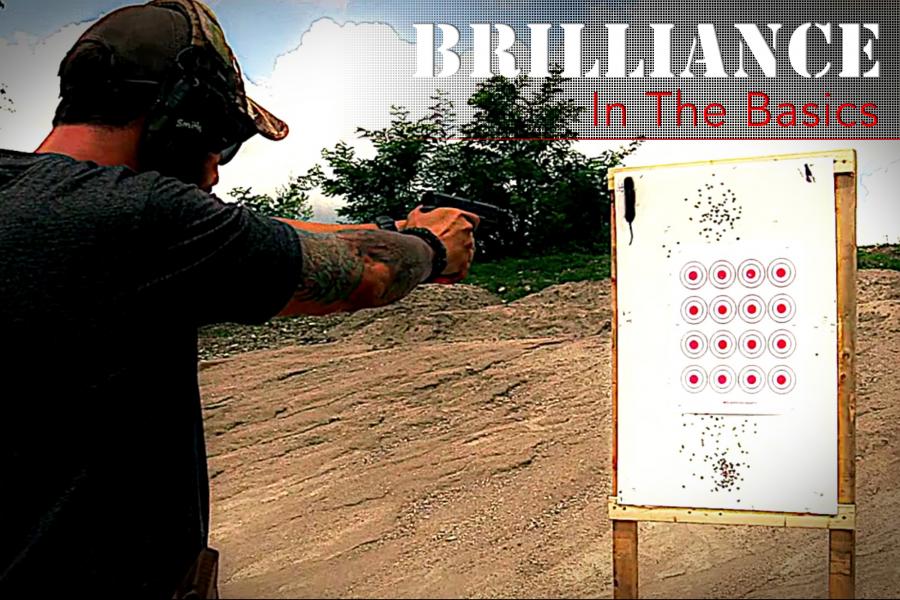
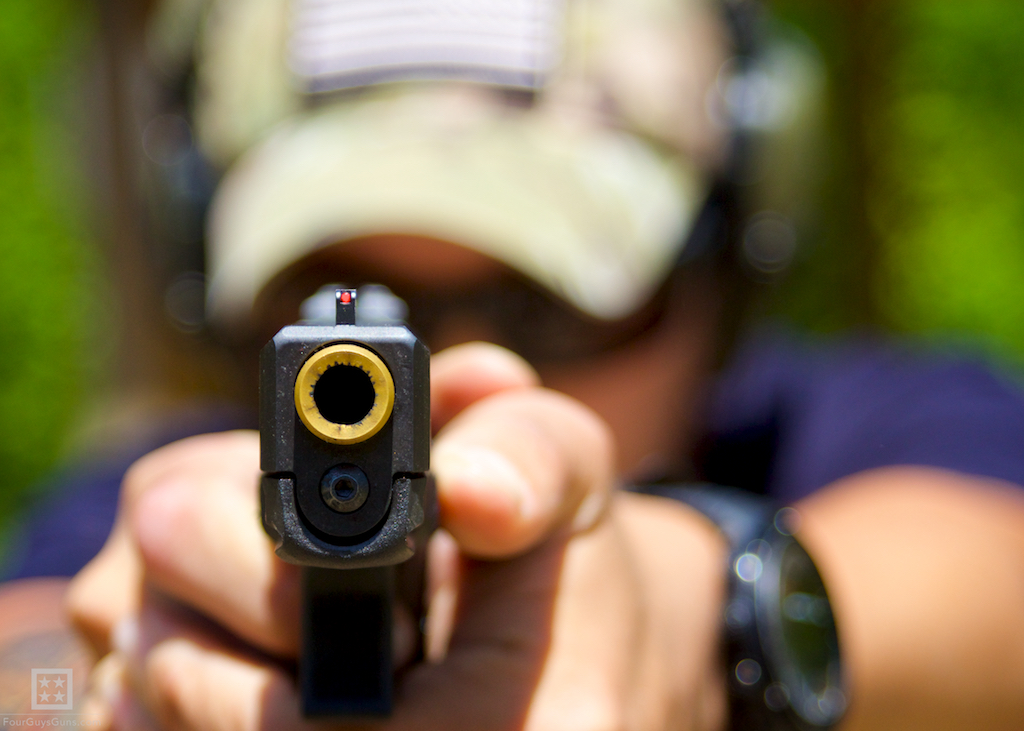
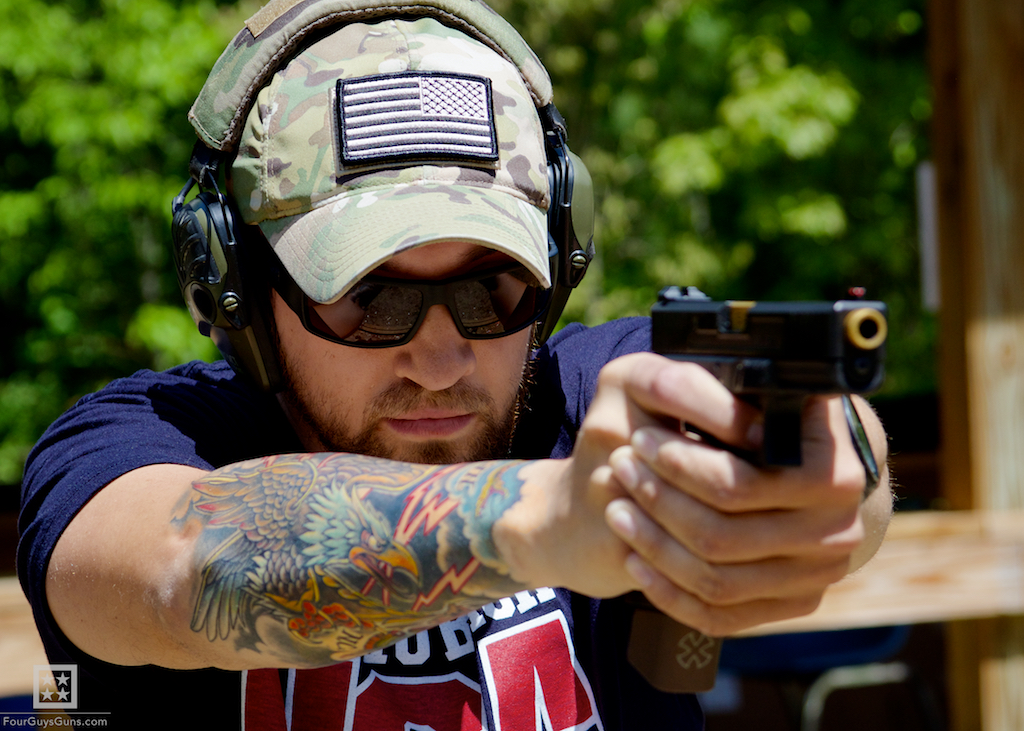
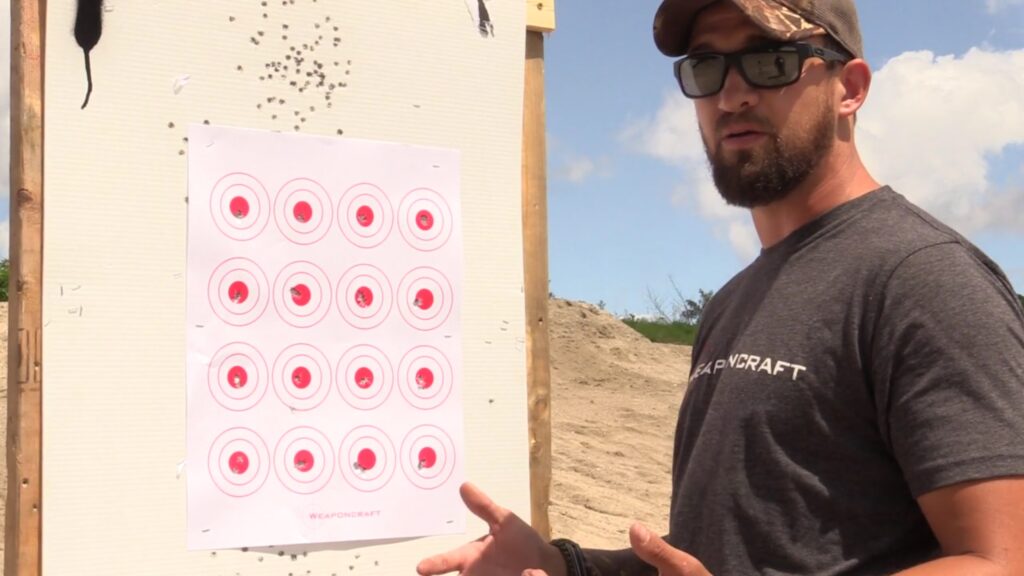
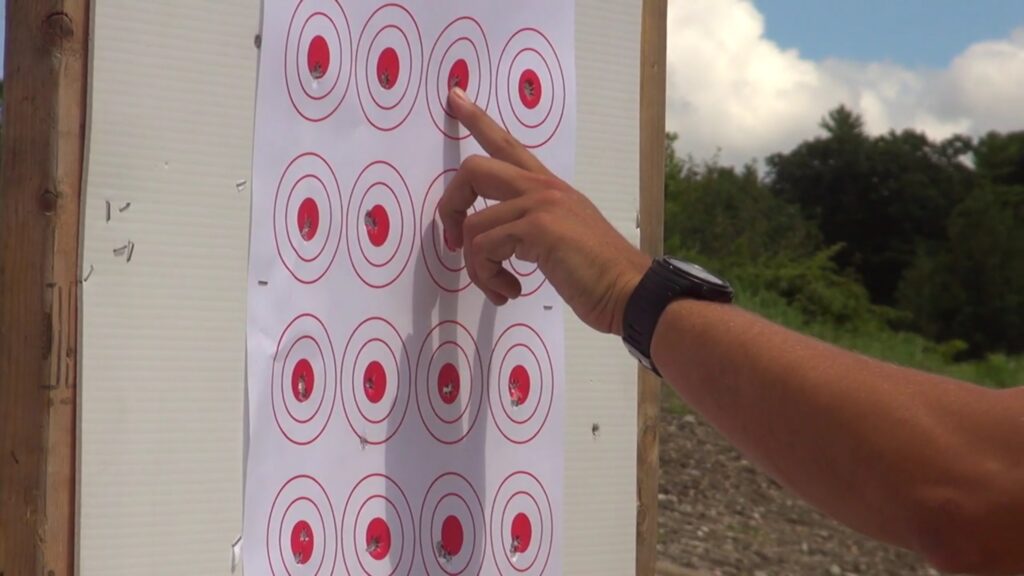
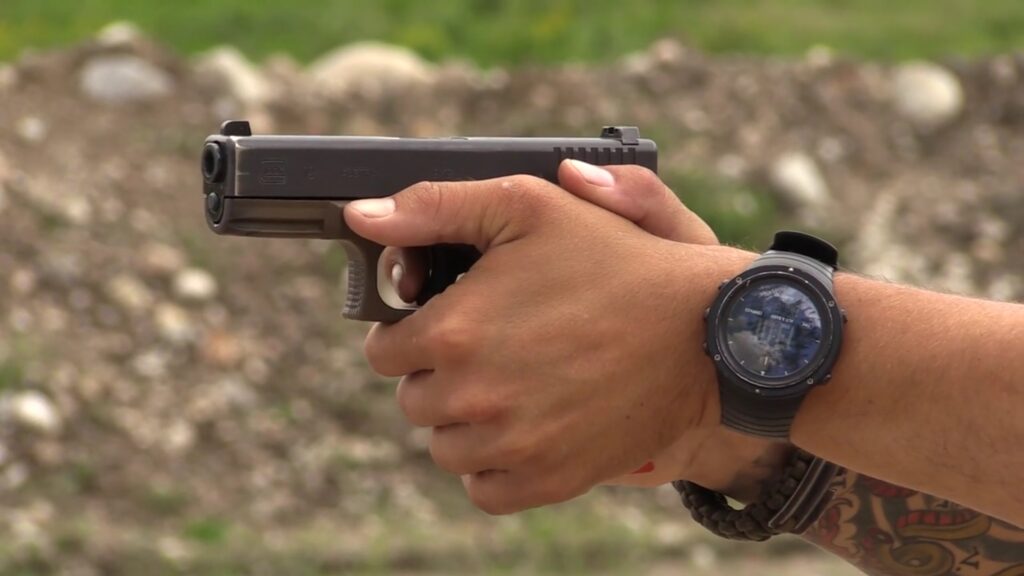
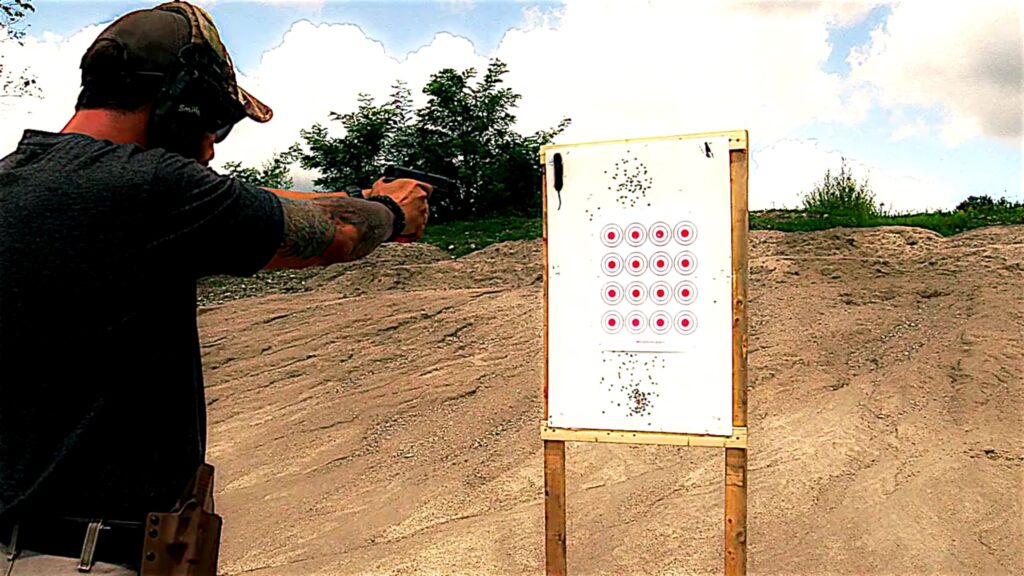
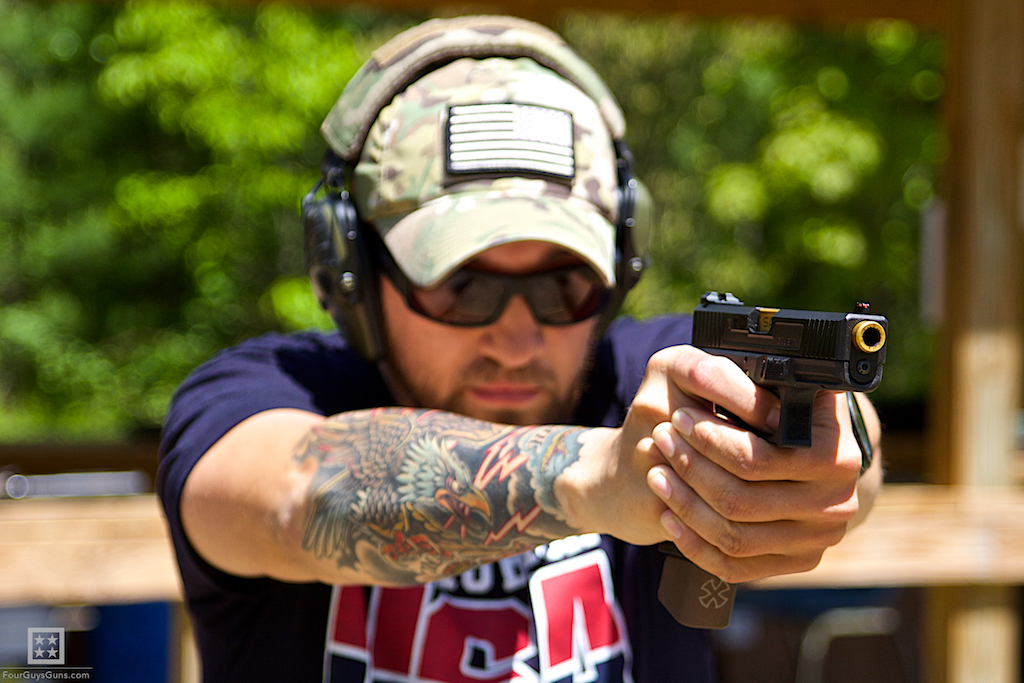
Comments
Verner